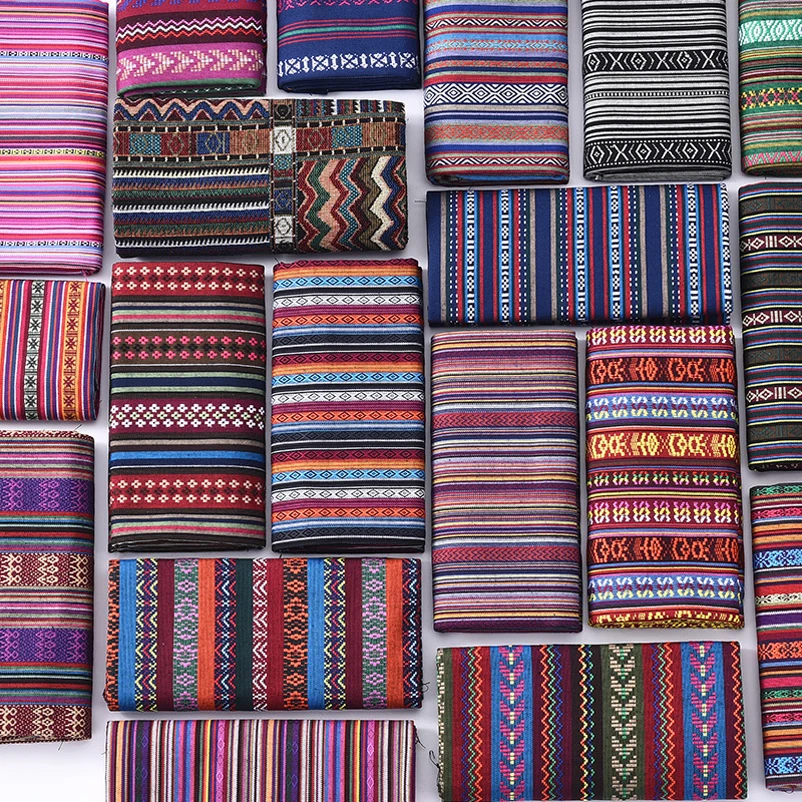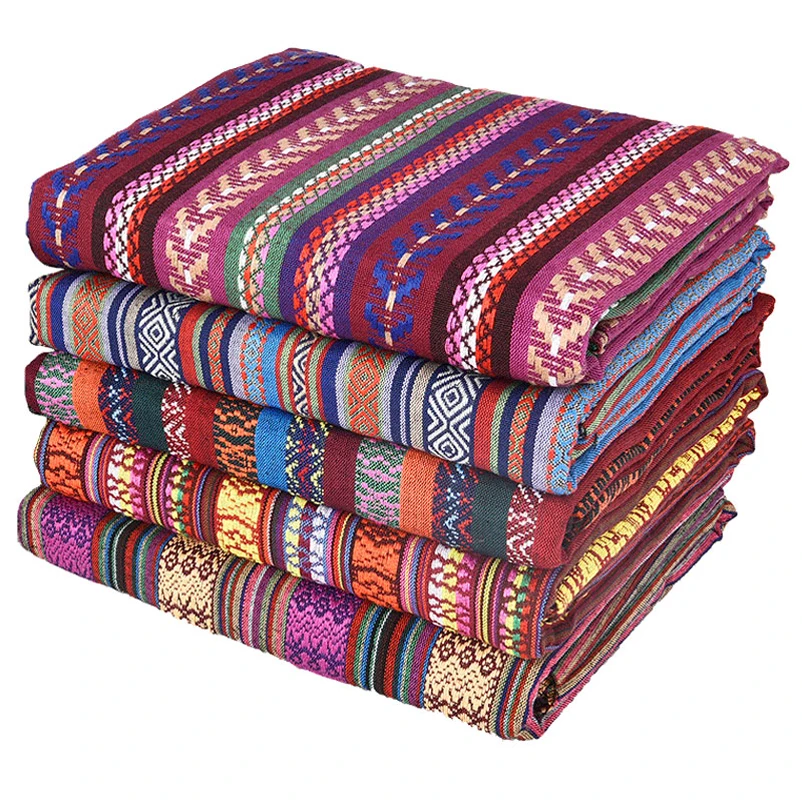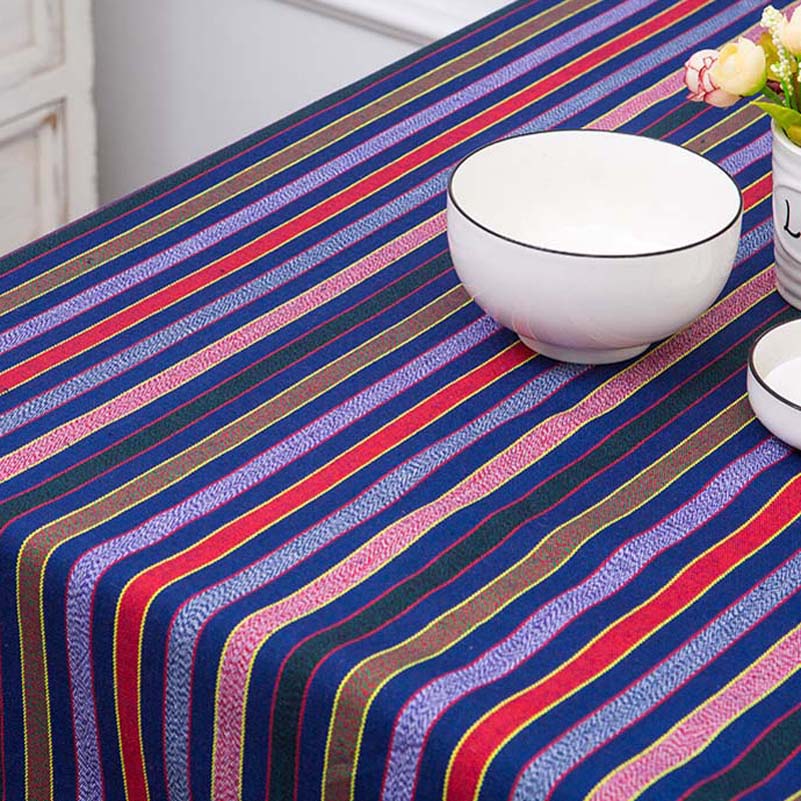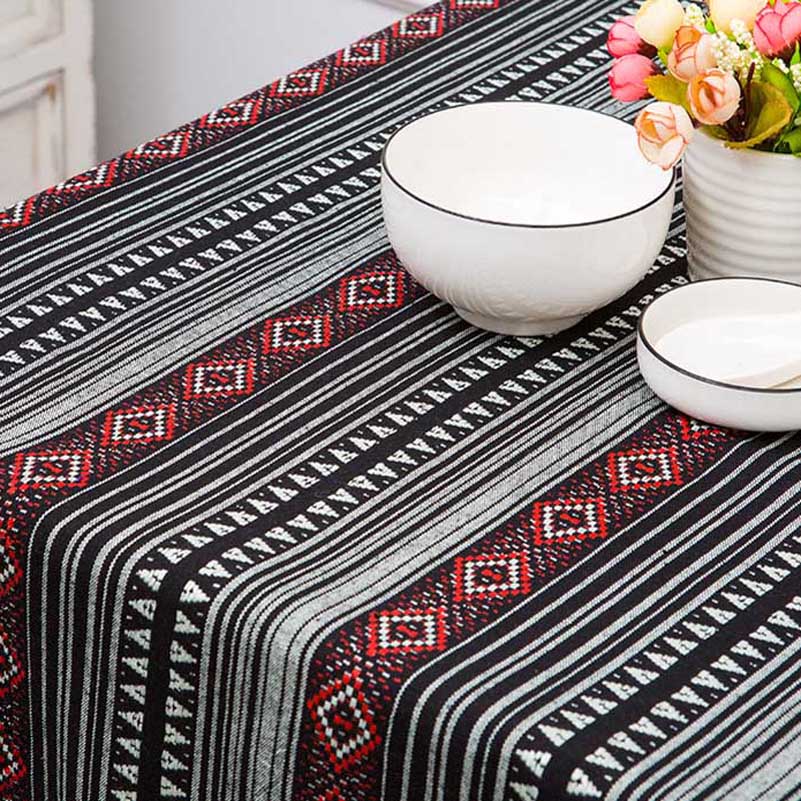Fabrics are the silent storytellers of human history, woven into the tapestry of civilizations. Among them, woven fabrics hold a special place, combining artistry, technology, and functionality in a timeless dance of threads. This exploration delves into the enchanting world of woven textiles, unraveling their creation process, versatility, cultural significance, and the modern innovations breathing new life into this ancient craft.
The Weaving Process: A Thread-by-Thread Journey
At the heart of woven fabrics lies a simple yet intricate process—the interlacement of warp and weft yarns. The warp threads, stretched vertically on a loom, form the fabric’s backbone, while the weft threads weave horizontally, crossing over and under the warp to create a stable structure. This systematic interplay results in a textile that is strong, durable, and adaptable to countless patterns and textures.

Warp and Weft: The Foundation of Woven Structures
- Warp Threads: These longitudinal threads are tightly tensioned and can be made from various materials like cotton, silk, wool, or synthetic fibers. Their arrangement determines the fabric’s width and often influences its final appearance.
- Weft Threads: Crosswise yarns inserted over and under the warp during weaving. They contribute to the fabric’s thickness, handle, and can introduce color and pattern variations.
Types of Weaves: Unlocking Textile Diversity
Woven fabrics are classified based on their weave patterns, which dictate texture, drape, and breathability:
- Plain Weave: The simplest and most common weave, where each weft thread passes over and under one warp thread, creating a balanced, flat fabric like muslin or percale.
- Twill Weave: Characterized by diagonal lines formed by a progression of weft threads passing over two or more warp threads, producing fabrics like denim and gabardine, known for their durability and water resistance.
- Satin Weave: With a higher ratio of floating threads, this weave creates a smooth, lustrous surface, exemplified in fabrics like silk satin or charmeuse, favored for their luxurious feel.
- Basket Weave: A variation of the plain weave, using groups of warp and weft threads to create a checkerboard pattern, seen in sturdy fabrics like canvas.
Natural vs. Synthetic Fibers: The Choice of Yarns
The selection of fiber types significantly impacts the characteristics of woven fabrics:
- Natural Fibers: Derived from plants (cotton, linen, hemp) or animals (wool, silk), they offer breathability, softness, and biodegradability, aligning with eco-conscious choices.
- Synthetic Fibers: Man-made materials like polyester, nylon, and rayon provide durability, easy care, and cost-effectiveness, though they may lack the natural breathability of organic fibers.
Cultural Significance: Woven Traditions Around the Globe
Woven fabrics are deeply rooted in cultural heritage, reflecting traditions, techniques, and symbolism:
- Ikats of Indonesia: Vibrantly dyed yarns woven into abstract patterns, symbolizing community identity and storytelling.
- Kente Cloth of Ghana: Intricate, colorful strips woven from silk and cotton. Reserved for royal and ceremonial attire, celebrating African history and pride.
- Navajo Blankets: Woven by Native American tribes, these blankets feature geometric motifs and earthy hues, embodying spiritual beliefs and practical utility.

Artisanal Techniques: Handweaving and Its Revival
In an era of mass production, the art of handweaving stands as a testament to craftsmanship and individuality:
- Handloom Weaving: Allows for unique, small-batch creations, where weavers manually manipulate the shuttle and pedals to produce intricate designs and textures.
- Revival Movements: A renewed interest in artisanal crafts supports local communities and sustains traditional weaving skills, preserving cultural heritage for future generations.
Technological Advances: Modernizing the Ancient Craft
Technology has breathed new life into weaving, merging tradition with innovation:
- Computer-Aided Design (CAD): Enables designers to create complex patterns digitally. Which are then translated onto automated looms, enhancing precision and creativity.
- Smart Textiles: Integrating technology directly into woven fabrics, such as conductive yarns for wearable electronics or responsive textiles that alter properties based on environmental changes.
Sustainability in Woven Fabrics: Eco-Conscious Choices
Addressing environmental concerns, the industry is shifting towards sustainable practices:
- Organic Materials: Certified organic cotton and linen reduce the use of harmful chemicals in farming, promoting a cleaner production chain.
- Recycled Fibers: Repurposing post-consumer waste, such as plastic bottles, into high-quality yarns for weaving, reduces waste and conserves resources.
- Closed-Loop Production: Implementing systems that recycle water and chemicals used in dyeing and finishing processes, minimizing environmental impact.
Woven Fabrics in Fashion and Interior Design
From haute couture runways to cozy living spaces, woven textiles enrich our aesthetic experiences:
- Fashion Runways: Designers utilize woven fabrics to create statement pieces, playing with textures, colors, and patterns to showcase their artistic vision.
- Interior Décor: Upholstery, curtains, rugs, and wall hangings crafted from woven materials add warmth, depth, and a touch of luxury to interiors, reflecting personal style and cultural narratives.
Preserving and Celebrating the Art of Weaving
As we continue to innovate and evolve, it’s crucial to honor the roots of woven fabrics:
- Education and Workshops: Offering classes and workshops to learn weaving techniques fosters appreciation and continuation of the craft.
- Supporting Artisans: Buying directly from artisans or fair-trade cooperatives empowers communities and sustains traditional knowledge.
Exploring the Healing Power of Woven Textiles in Therapeutic Practices
Beyond their aesthetic and functional roles, woven fabrics have found a unique niche in therapeutic settings, harnessing the healing potential of touch and creativity. This dimension of woven wonders delves into how textiles are being utilized to promote mental and emotional wellbeing, fostering relaxation, and facilitating recovery processes.
Textile Therapy: Touch and Sensory Engagement
The tactile nature of woven fabrics plays a significant role in textile therapy. The textures, softness, and weight of these materials stimulate sensory receptors, triggering calming responses in the brain. Handling and manipulating woven items during therapy sessions can help individuals experiencing stress, anxiety, or trauma find solace and grounding.
Crafting for Mental Health: The Art of Weaving as Meditation
The meditative aspect of weaving has gained recognition as a tool for managing mental health. The repetitive motions involved in weaving—threading, knotting, and passing the shuttle—create a rhythmic flow that encourages mindfulness, akin to practices like yoga or meditation. This focused activity can alleviate symptoms of depression and anxiety by redirecting thoughts and fostering a sense of accomplishment.

Woven Art in Hospitals and Care Facilities
Hospitals and care facilities increasingly incorporate woven artworks and interactive textile installations to create healing environments. These visual and tactile elements provide a comforting and homely atmosphere. Reducing patient stress and promoting faster recovery. Moreover, involving patients in weaving projects within these settings can offer a creative outlet, fostering social interaction and a positive outlook.
Adaptive Textiles for Special Needs
Innovative woven fabrics cater to special needs populations, demonstrating the compassionate side of textile technology. Pressure-sensitive fabrics designed for individuals with sensory processing disorders or autism can provide soothing sensory input. Additionally, adaptive clothing featuring soft, breathable, and easy-to-manage woven materials enhance comfort and independence for those with mobility issues or disabilities.
Community Weaving Projects: Healing Through Collaboration
Community weaving initiatives bring together individuals from diverse backgrounds to create collective textile artworks. These projects serve as platforms for storytelling, shared experiences, and emotional healing. Collaborative weaving fosters a sense of belonging, promotes empathy, and celebrates cultural diversity. Demonstrating how the art of weaving transcends personal boundaries to create social cohesion.
Historical Perspectives: Textiles and Healing Traditions
The therapeutic use of textiles is not a modern invention. Across cultures and throughout history, textiles have been integral to healing rituals and medicinal practices. From ancient Egyptian bandages imbued with healing herbs to Native American dreamcatchers warding off nightmares. Woven fabrics have long been woven into the fabric of human healing traditions.
Scientific Backing and Future Research
Emerging research in neuroscience and psychology supports the efficacy of textile-based therapies. Studies have shown that engaging in creative activities like weaving can increase dopamine and serotonin levels. Improving mood and reducing stress. As the field continues to grow, further research is anticipated to unlock deeper insights into how specific woven textures, colors, and patterns influence mental and emotional health.
Conclusion: Woven Wonders, Enduring Legacy
Woven fabrics are not merely materials; they are conduits of culture, innovation, and sustainability. Each thread intertwines the past with the present, narrating stories of human ingenuity and artistic expression. By understanding the magic of woven fabrics, we celebrate a legacy that continues to evolve, adapting to modern demands while preserving the essence of its rich heritage. As technology advances and sustainable practices take center stage. The future of woven wonders shines brightly, promising a world draped in beauty, functionality, and respect for our planet.









